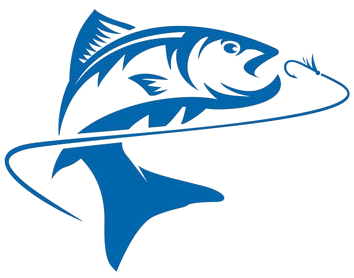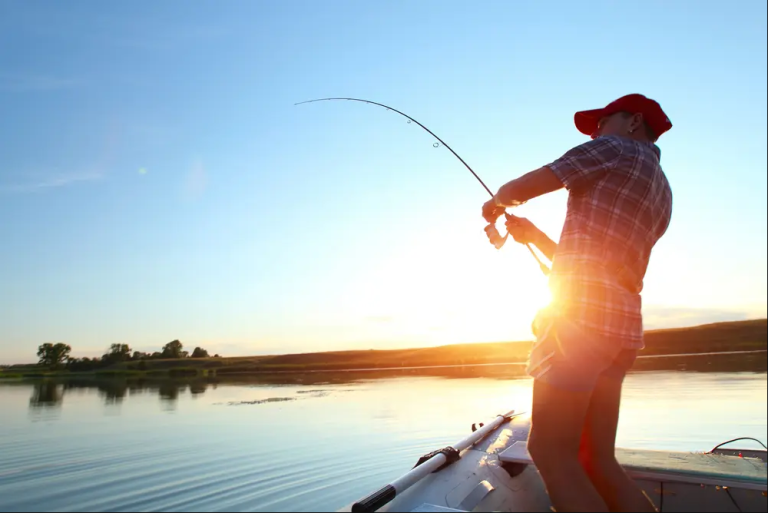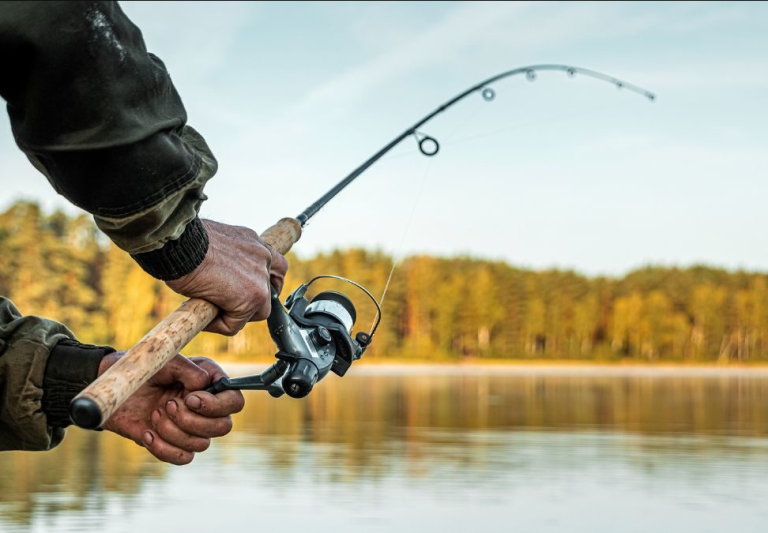How to Catch Big Bass in Central Florida’s Stick Marsh: A Fisherman’s Guide
Central Florida’s Stick Marsh is a legendary destination for anglers seeking a big catch. This sprawling body of water, also known as the Farm 13 Reservoir, offers anglers a unique combination of prime fishing conditions that support some of the largest freshwater bass in the state. But how do you successfully hook one of these monster bass? It’s not just about luck—understanding the nuances of the marsh and employing the right strategies can make all the difference. In this post, we’ll explore expert tips on how to land big bass in the Stick Marsh.
What Makes Stick Marsh a Bass Paradise?
The Stick Marsh is a haven for bass enthusiasts, particularly known for its trophy-sized largemouth bass. Located in Brevard County, the marsh covers more than 6,000 acres, with a unique structure that includes submerged trees, thick vegetation, and deep, murky waters. This mix of features creates the perfect environment for big bass to thrive, and it also presents a variety of challenges for anglers.
Several factors contribute to Stick Marsh’s bass-fishing reputation:
- Abundant Shallow Flats: These areas are perfect for bass to feed and spawn.
- Varied Structure: Sunken trees, stumps, and vegetation provide cover for bass, making them more difficult to locate but ideal for those who know where to look.
- Healthy Ecosystem: With abundant baitfish like shad and bluegill, the marsh provides a steady food source for bass, encouraging them to grow to impressive sizes.
Key Tips for Catching Big Bass in Stick Marsh
While catching bass in Stick Marsh may sound straightforward, the large fish are often elusive and require a well-thought-out approach. Here are some expert tips to help you maximize your chances of landing a monster bass:
1. Understand Bass Behavior and Seasons
Bass are highly sensitive to water temperature and seasonal changes. In the Stick Marsh, bass tend to be more active during the warmer months, especially when water temperatures are in the mid-60s to low 70s. Understanding when bass are spawning (usually in late winter to early spring) and when they are in post-spawn can help you pinpoint the right time to fish.
- Pre-Spawn (Winter to Early Spring): During this period, bass will be moving into shallower waters to prepare for spawning. They are more likely to be aggressive and hungry.
- Spawn (Spring): Once bass start spawning, their feeding habits may slow down, but they will still defend their nests fiercely. This can make for exciting but challenging fishing.
- Post-Spawn (Late Spring to Summer): After the spawn, bass often seek deeper water and become more sluggish in their feeding. Slow-moving baits, like jigs or worms, can be effective during this time.
2. Target the Right Areas
Big bass love structure, and Stick Marsh is full of it. To find trophy bass, target the areas where bass are likely to hang out:
- Shallow Flats: In spring, bass move to these areas to spawn. They’ll nest in submerged vegetation or along the edge of shallow water.
- Wood and Vegetation: Look for submerged trees, stumps, and weed beds. These areas offer great cover for bass to hide and hunt prey.
- Drop-offs and Channels: During the warmer months, bass will often retreat to deeper waters. Pay attention to areas where the shallow flats drop into deeper channels or holes, as these are prime spots for holding big fish.
3. Perfect Your Casting and Presentation
Big bass are notoriously finicky, and presentation can make or break your day. Here are a few techniques to try:
- Pitching and Flipping: Use these techniques to get your bait into tight spaces under submerged trees or thick vegetation where bass often take cover.
- Slow Trolling: If you’re fishing deep water, slow trolling with a well-presented soft plastic or swimbait can be a good way to entice larger bass.
- Topwater Lures: In the early morning or evening, big bass may come up to the surface to feed. Topwater lures like poppers, frogs, or buzzbaits can work wonders when cast near weed beds or shallow flats.
4. Choose the Right Baits and Lures
When it comes to bait selection, Stick Marsh bass have particular preferences. Some of the most effective options include:
- Soft Plastics (Worms, Lizards, etc.): These can be fished slowly along the bottom or in the vegetation. Choose natural colors like green pumpkin or watermelon, as these imitate the baitfish bass are feeding on.
- Swimbaits and Jerkbaits: These can be highly effective for covering large areas quickly, especially if you’re targeting fish that are deep or suspended in the water column.
- Crankbaits: If you’re fishing near structure, crankbaits that can dive deep are a great choice to trigger bites from bass hiding around submerged trees or stumps.
5. Stay Patient and Adapt
Bass fishing at Stick Marsh often requires patience. Bass can be elusive, especially the bigger ones, so don’t be discouraged if you don’t get a bite right away. Be prepared to change up your strategy, whether that means switching your bait, changing depths, or exploring different areas of the marsh. Persistence is key, and the reward—when it comes—can be huge.
Fishing Ethics and Conservation
Stick Marsh is a delicate ecosystem, and it’s important for all anglers to practice responsible fishing. Follow local regulations and ensure that you respect both the wildlife and the environment. Catch-and-release is a great way to help preserve the bass population for future generations.
- Handle fish carefully and quickly to minimize stress.
- Use barbless hooks or crimp the barbs down to reduce injury to the fish.
- Follow all rules regarding size limits and bag limits.
Final Thoughts
Central Florida’s Stick Marsh is a prime destination for anyone looking to catch big bass. Whether you’re an experienced angler or just getting started, the marsh offers plenty of opportunities to land a trophy fish. By understanding bass behavior, targeting the right spots, and using the right techniques, you’ll significantly increase your chances of success.
So, pack your gear, head out to Stick Marsh, and get ready to reel in some of the biggest bass you’ve ever encountered. Happy fishing!
Do you have any Stick Marsh fishing tips of your own? Share your experiences in the comments below!



